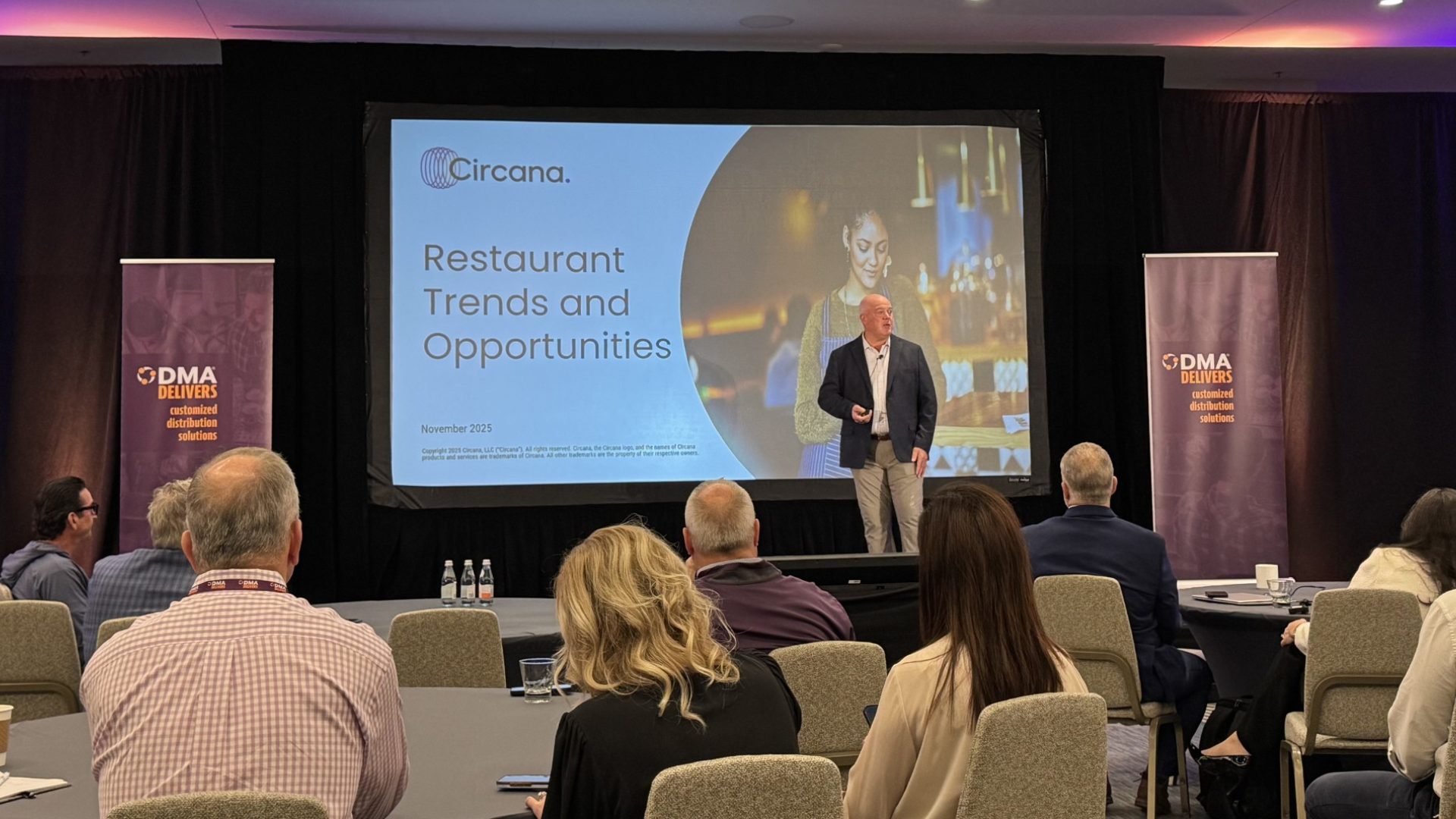Shares in Conagra currently trade at their lowest levels in sixteen years. Following fiscal fourth quarter earnings earlier this month, it’s not at all difficult to see why.
Conagra’s fiscal 2025 was disappointing: organic sales down nearly 3% year-over-year, volumes declining, adjusted earnings per share falling 14%. The outlook for fiscal 2026 is even worse. Analysts expect organic sales to be flat, which in an inflationary environment suggests volumes will again decline, despite the easy year-prior comparison created by soft FY25 performance. Profit margins are the real disappointment: Conagra expects adjusted operating margins of 11-11.5%, against 14.1% in FY25 and 16.0% the year before.
Conagra is dealing with an admittedly difficult and exceptional external market: on the earnings call, CEO Sean Connolly noted that including the coming year, cumulative inflation over five years will total roughly 45% (including about 7% in fiscal 2026). As Connolly rightly noted, that is “a historic amount of inflation over such a short period of time.”
Packaged Food’s Profit Crunch
Even in a historically volatile environment, packaged food companies, in theory, should be able to choose: either keep pricing and protect margins at the expense of volume, or increase trade spending and promotions to maintain volume while sacrificing some margin in the process. It’s the combination of volume and pricing weakness that has set off alarms in the market, and not just for Conagra. The stock chart for Campbell Soup looks almost identical (its shares, too, hit a 16-year low this month before a modest rebound).
An inability to capture price or volume is the sign of a business that simply can’t compete. The core question for Conagra, and for the industry as a whole, is whether that apparent competitive weakness is driven by temporary factors or by more structural problems. The argument from Conagra is that the issues are mostly temporary.
One key problem is clearly beyond the company’s control. Tariffs will impact fiscal 2026 performance: Conagra expects a roughly three percentage point hit to margins. The magnitude of the impact (centered mostly on steel and aluminum) clearly surprised investors and Wall Street analysts, but over time Conagra can likely recapture some of the pressure (for instance, by shifting to different packaging or finding costs to cut elsewhere).
Meanwhile, management argued after Q4 that a weak second half interrupted clear progress in recapturing volume. When inflation first arrived in 2021-22, the company and the industry were able to maintain pricing and their stock prices, only for consumers to begin trading down. From that point, Conagra started trading price for volume, and largely succeeded: in the calendar fourth quarter of 2024, U.S. volumes turned positive.
In 2025, however, as Connolly put it (echoing executives across the space), “value-seeking behaviors [have become] even more pronounced.”
Wall Street Shrugs at Conagra’s Plan
Conagra’s plan from here, it would appear, is to get volume back on a positive trajectory by targeting those “value-seeking behaviors” and giving up margin. That will allow the company to build and rebuild its brands, and from there – with, eventually, some relief around inflation – Conagra can start recovering margins and driving profit growth.
But the Conagra stock price shows that investors don’t believe in that plan at all. The absolute level of the stock price is one factor; what might be more important is the multiple to earnings. At the moment, Conagra stock is trading at about 11 times the midpoint of the company’s outlook for FY26 adjusted earnings per share.
That multiple signals the level of growth being priced in by the market. (A higher multiple means higher growth expectations: investors are willing to pay up under the theory that profits will rise quickly over the next few years.) Roughly speaking, 11x earnings for any stock is a multiple that implies minimal, if any, earnings growth going forward.
More notably, it’s about as low a multiple as Conagra has received over the past decade (in 2019, for instance, the stock usually traded around 14x earnings). And it’s a multiple that shows how little faith the market has in Connolly’s multi-year outlook.
If investors believed in a quick bounce-back in profits (and profit margins), the multiple to this year’s earnings would be higher than usual: those investors would consider FY26 a blip in the long-term trend, focus on potentially stronger results in FY27 and FY28, and value Conagra stock accordingly.
In other words, the selling in Conagra stock does not appear driven by temporary factors. Indeed, investors clearly are willing to deal with tariffs, inflation, and consumer sentiment elsewhere: the broad market sits at an all-time high. For many of those names, investors are doing what they aren’t with Conagra: taking the long view and looking past near-term volatility to a more normalized operating environment a year (or three) out.
The problem for Conagra, at least from the investor perspective, is that the long view simply isn’t that promising. Instead, Conagra stock is priced as if a “new normal” has arrived. It’s a new normal in which profits stop growing and profit margins are capped, as the company faces an essentially permanent trade-off between volume and price.
To be blunt, it’s a new normal in which Conagra simply isn’t that attractive as a business – and, given trading in other names, in which packaged food simply isn’t that attractive as an industry.
Vince Martin is an analyst and author whose work has appeared on multiple financial industry websites for more than a decade; he’s currently the lead writer for Wall Street & Main. He has no positions in any companies mentioned.
The Food Institute Podcast
It’s a big world out there – what trends are percolating on the global scene? JP Hartmann, director of Anuga, joined The Food Institute Podcast to discuss the intersection of U.S. and international trends and how the Anuga show is one not to miss.












